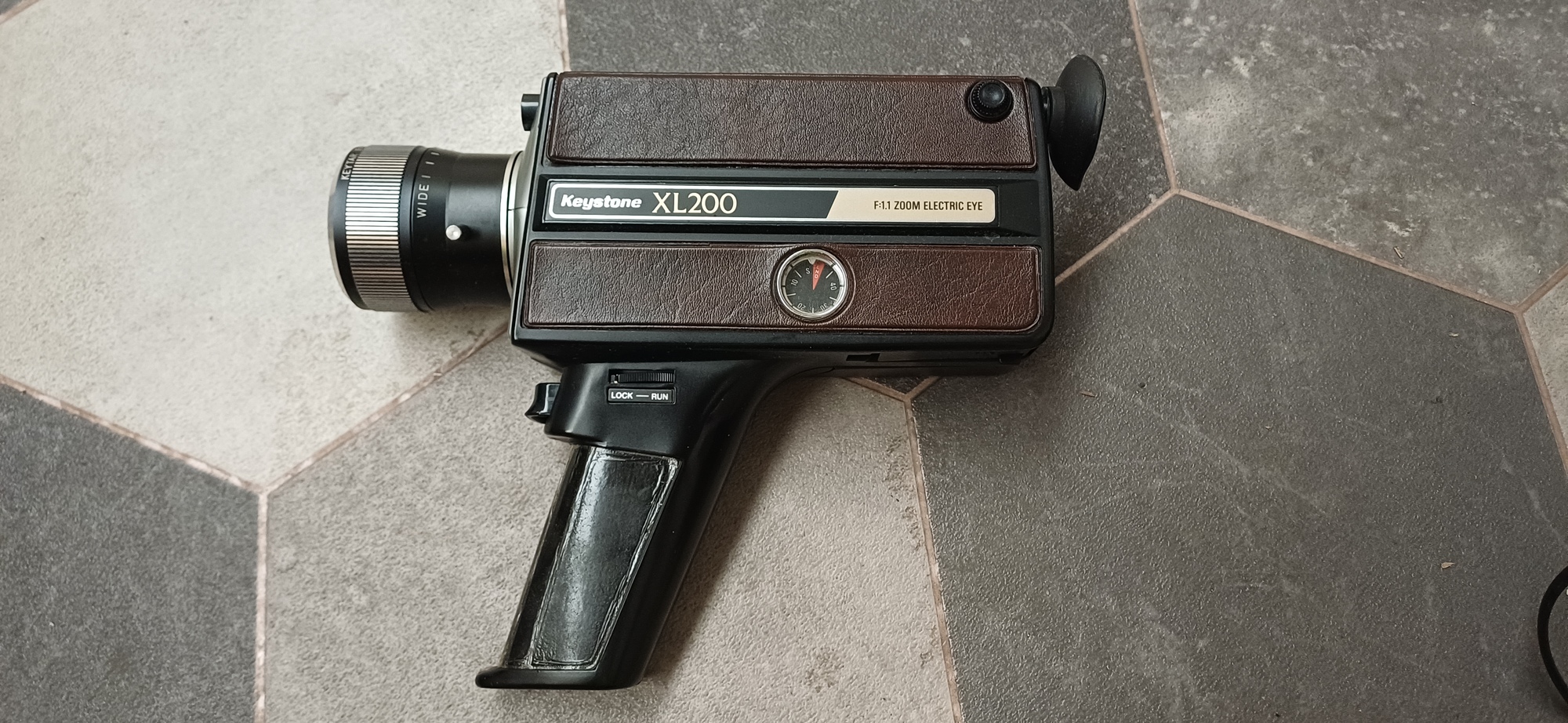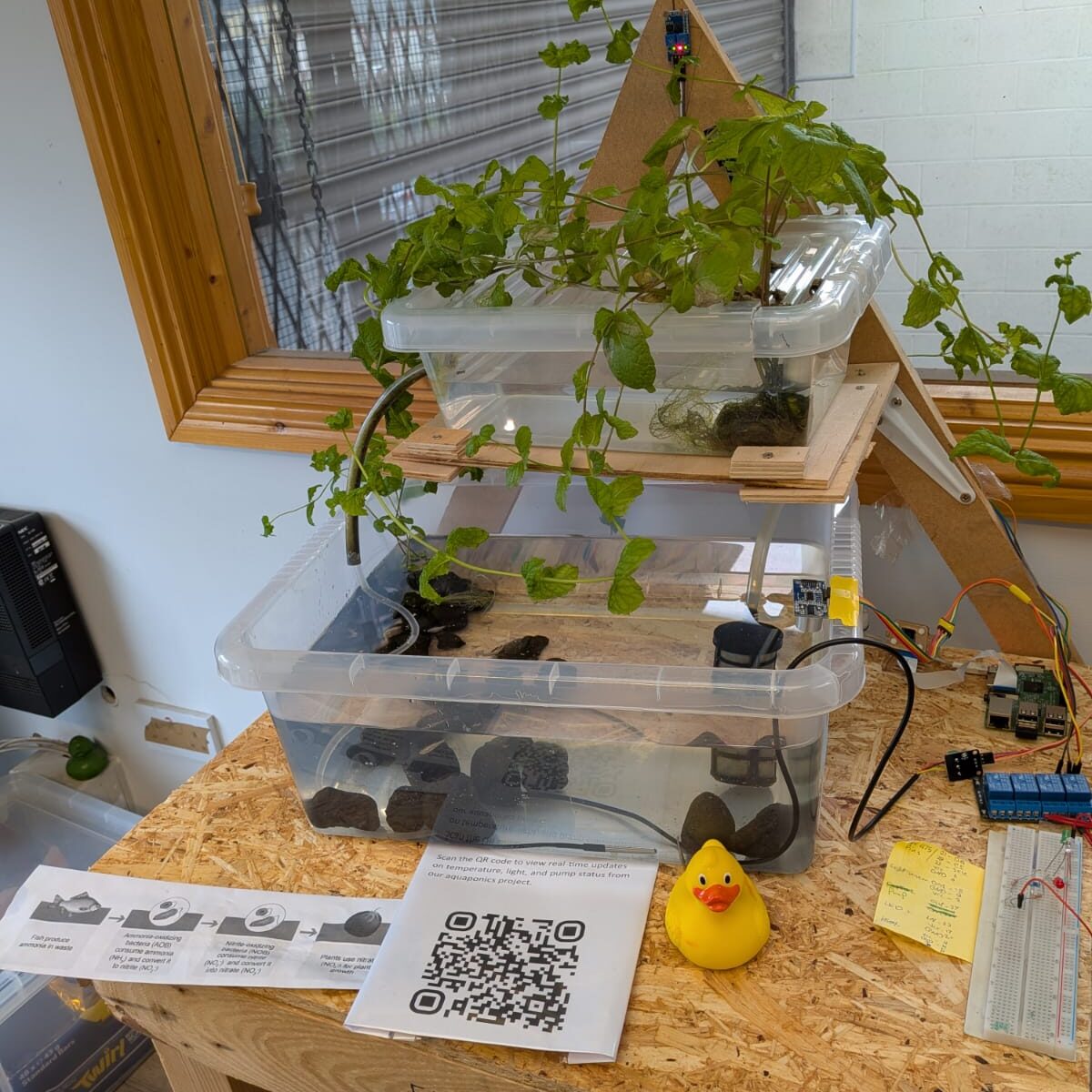We’re big into our jams at TOG….. Linux, Python, Finish-a-thons… you name it. Last Saturday at our regular monthly Open Social, we ran a real jam… blackberry and apple to be precise!
With 3.2kg of blackberries collected from the Royal Canal in Dublin and Kildare, and apples from one of our members’ trees, we made a huge pot of jam which filled about 24 jars.
Our Open Social is usually a foodie affair anyway, with our pizza oven going. This one was especially busy with both the pizza and jam. Everyone got to have a stir of the pot, and we all got to take a jar home…. still piping hot.
If jam making and other foodie things interest you, get in touch. We might do another session soon. Check out our gallery for even more photos.







